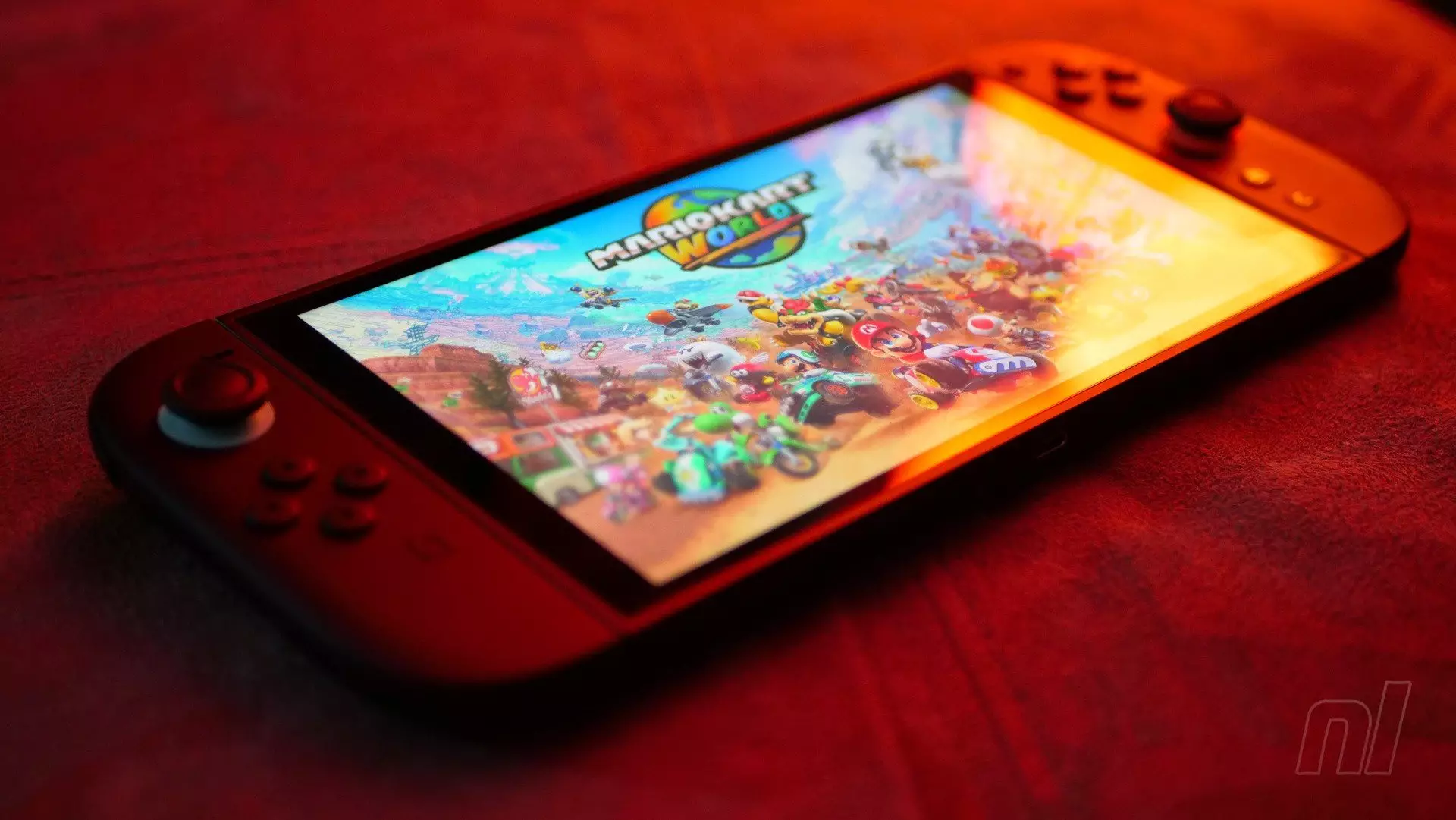Nintendo’s latest console, the Switch 2, was met with considerable excitement, promising improved performance and enhanced capabilities. The inclusion of advanced cooling features, such as an integrated fan in the dock, suggested that Nintendo was aware of the increased heat generated by more demanding games. Fans and enthusiasts eagerly anticipated a seamless gaming experience, confident that Nintendo’s innovation would be a major step forward. However, the reality seems to have taken a different turn—several users in Japan have reported worrying signs of excess heat, including system crashes, noisy fans, and in extreme cases, difficulty holding the device without discomfort. This unexpected overheating raises questions about whether the new cooling measures are sufficient or if the hardware design needs further refinement.
Real-World Experiences Highlight Potential Flaws
The reports from users on social platforms like X (formerly Twitter) paint a mixed picture. Some gamers mention that their Switch 2’s fan becomes unbearably loud, indicating that the device is working overtime to dissipate heat. One user even described the console becoming “too hot to hold,” underscoring a potential safety concern. Others have experienced game crashes during intensive play sessions, with some suggesting that the overheating situation might be the culprit behind system instability. Nonetheless, it is crucial to note that these reports are anecdotal, and there isn’t yet conclusive evidence that the Switch 2 is universally overheating. Some users observed that the system’s fan activity simply correlates with increased workload, which may not necessarily point to dangerous temperatures but rather a normal response to high-performance demands.
The Role of Environment and User Responsibility
Nintendo’s official guidance emphasizes proper usage conditions: avoiding placing the console near heat sources and ensuring vents remain unobstructed. These recommendations are standard, but they remind us that consumer experience with such technology hinges significantly on proper handling. The fact that the console tends to warm up after extended use is predictable, yet persistent overheating issues suggest that the hardware design might need further enhancement. Notably, some gamers have yet to experience these problems, indicating hardware variability, environmental impacts, or perhaps software optimization depending on the individual unit.
Looking Forward: Is Overheating an Outlier or a Trend?
While current reports should not be dismissed outright, neither should they be dismissed as definitive proof of a systemic flaw. The situation underscores the ongoing challenge faced by console manufacturers: balancing high performance with thermal management. For Nintendo, the question remains whether these overheating reports are isolated incidents or signs of a larger design oversight. As more users adopt the Switch 2 and share their experiences, a clearer picture will emerge. Meanwhile, players are advised to follow official guidelines diligently, ensuring their consoles remain in well-ventilated environments to mitigate potential risks.
The Switch 2’s overheating concerns serve as a stark reminder that technological advancements come with their own set of challenges. While Nintendo has taken steps to incorporate cooling solutions, the real-world application reveals that there is still room for improvement. As gaming hardware becomes more powerful, manufacturers must continue to innovate not only in graphics and gameplay but also in thermal management—failure in this regard could threaten user safety and device longevity. For now, the debate remains open, and the community watches with keen interest to see how Nintendo addresses these growing pains in subsequent firmware updates or hardware revisions.

